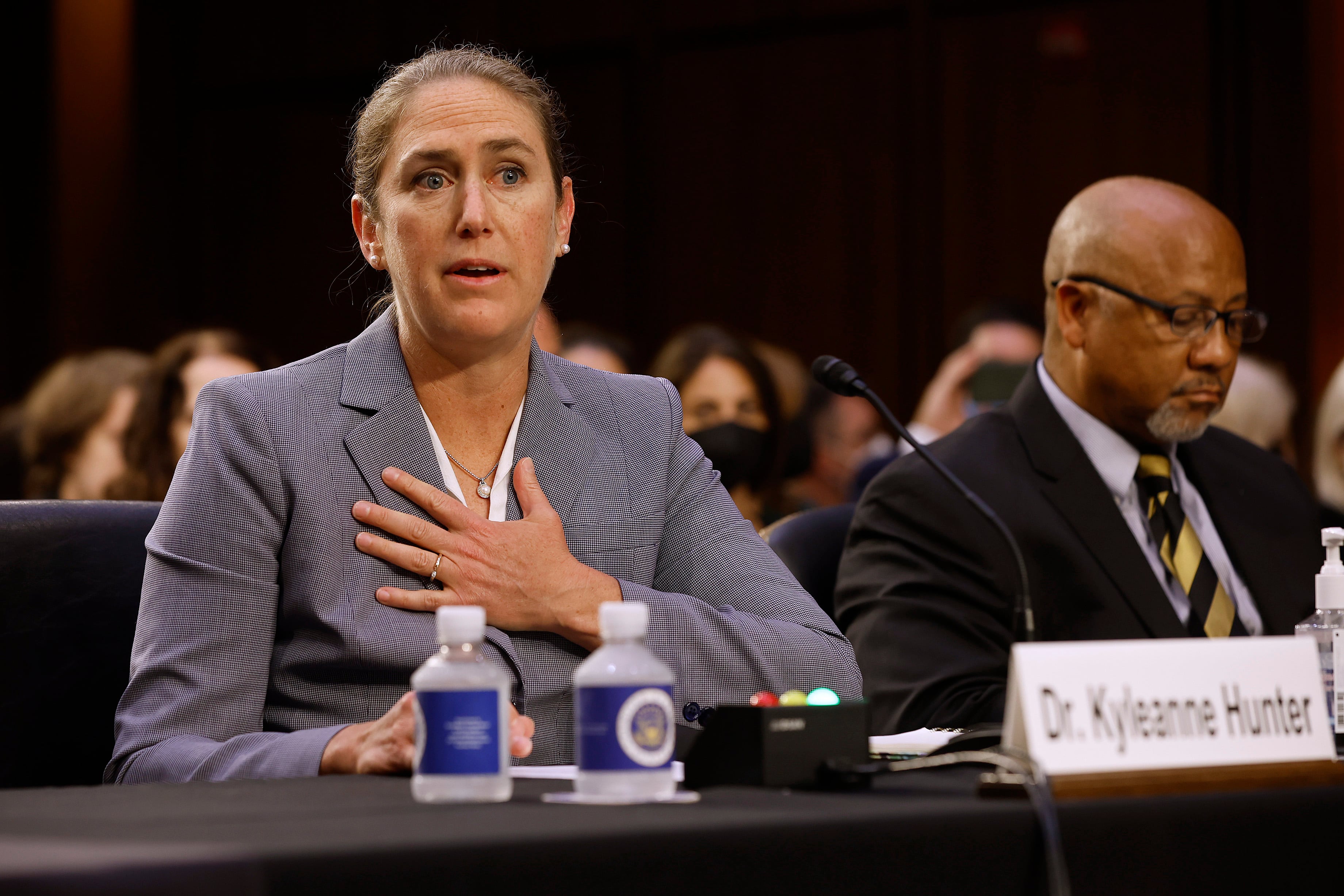In a Wednesday administrative message the Corps announced it be will launching a new promotion system for juniors Marines, ditching the proficiency and conduct marks known as pros/cons for JEPES: the junior enlisted performance evaluation system.
The Corps hopes the new system will improve its ability to select corporals and sergeants, encourage competition throughout the Marine Corps and end the stigmas that all a Marine needs for promotion is the ability to run fast and do a lot of pullups, Sgt. Major Robert Williamson, with Marine Corps Manpower and Reserve Affairs, told Marine Corps Times in a Thursday phone interview.
“Pros and cons weren’t exactly broken, but we can use technology to improve that process,” Williamson said. “That’s exactly what JEPES is.”
RELATED

The process to develop JEPES started in 2018, but Williamson said the Corps has been searching for a way to improve sergeant and corporal promotions for years.
“This is something that the force wants,” he said. “This is a good thing we are actually giving them (the fleet Marine force) what they have been asking for, for a while now,” he added.
The new system, set to start February 1, 2021, will be made up of three objective scores ― called war fighting, physical toughness and mental agility ― combined with a more subjective score provided by a Marine’s command, called command input.
All four “pillars” will be weighted equally when producing the final cutting score, Williamson told Marine Corps Times.
The new system will no longer consider time in grade and time in service for the calculation, eliminating the “free points” Marines would get “just because you were breathing for the last 90 days,” Williamson said.
The war fighting score will be based on a Marine’s rifle range score and Marine Corps Martial Arts Program level. The physical toughness score will include a Marine’s physical fitness test and combat fitness test scores. And the mental agility score will be based on the primary military education the Marine has completed, along with any college courses taken.
The command input score will be on a 0.0 to 5.0 scale and a Marine who just “meets expectations,” is expected to receive marks between 2.0 and 3.0, a significantly larger range than the 4.0 to 4.4 range used for an equivalent Marine in the pro/con systems.
“That bell curve when you look at the average is a very high, very narrow bell curve,” Williamson told Marine Corps Times
The new system “allows us to differentiate that top 10 percent, that middle 25 percent and so on, which help break out the performers and enable that elicit competition,” Williamson added.
When filling out the command input, section leaders are directed to focus in on a Marine’s personal character, military occupational specialty knowledge and leadership abilities ― another break from the old pro/con systems that included other parts of a Marine’s career already factored into their score, like how well they did on a PFT.
In the current system, “the PFT itself is almost considered three times and Marines who maybe phenomenal at their MOS just can’t get over the physical fitness aspect,” of the scoring system, the sergeant major said.
By removing the overlap in scoring the Corps hopes to end the stigma that all the Marine Corps cares about is athletic ability, regardless of leadership ability or job knowledge, Williamson added.
“These four pillars identify exactly what we are looking for,” Williamson said. “It allows those commanders to talk about that Marine’s character, their leadership ability and, equally important, their proficiency at their MOS and their ability to accomplish the mission,” he said.
The Corps also hopes that the equal weight of the four pillars will remove some of the subjectivity that can creep into the pro/con system when different units score Marines slightly differently.
The JEPES systems also will change how MarineNet calculates courses ― now basing the points a Marine gets for completing an online course on how hard the course was, how long it was expected to take and how much the Corps wanted the course.
Another key change will be the monthly updates to the score, meaning Marines will no longer have to wait a full quarter to see the PFT or rifle range included.
The system also will come with two trackers: one allowing a Marine to compare themselves to all Marines of their rank in their MOS, while the second will allow them to compare themselves against every Marine of their rank in the Corps.
The Corps hopes the combination of the frequent updates, the increased difficulty to get points and the online trackers will increase competition as Marines try to race to the top of the leader board.
“Marines all love to compete and they love to win,” Williamson said. “So this puts it back into their hands.”





